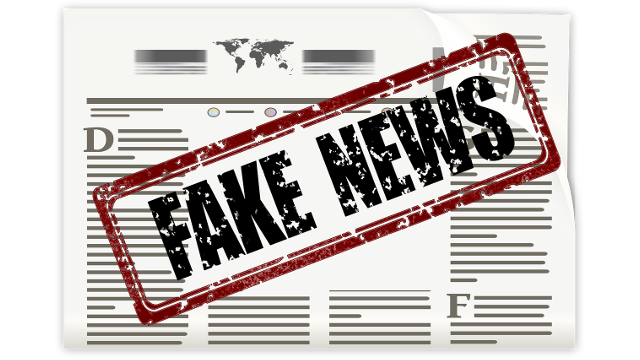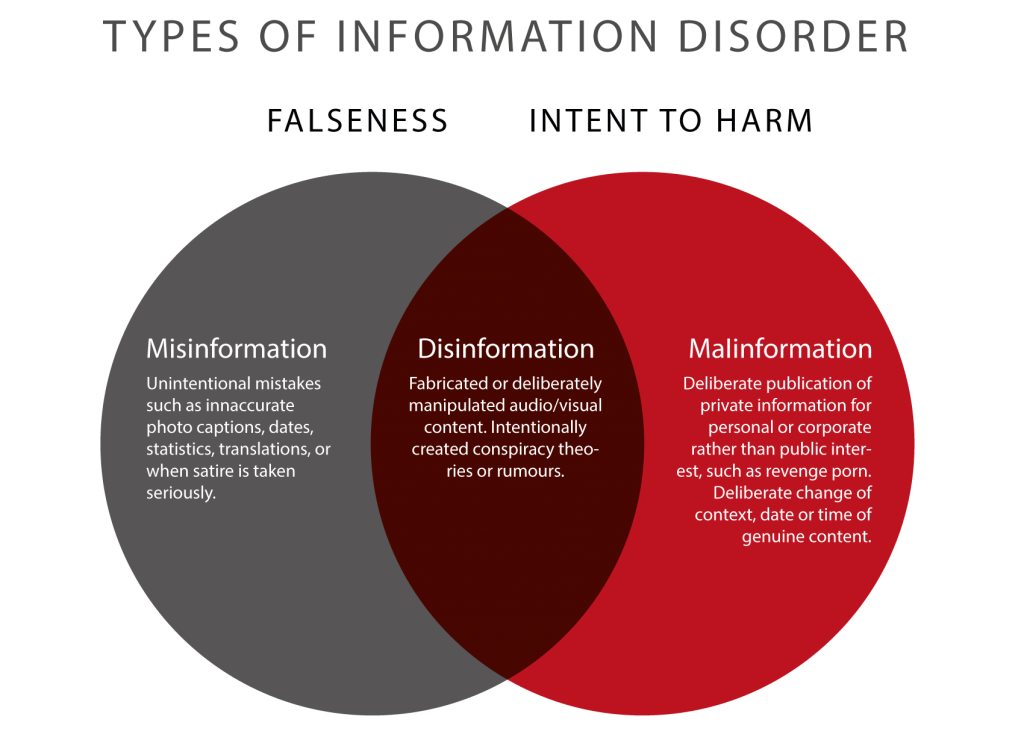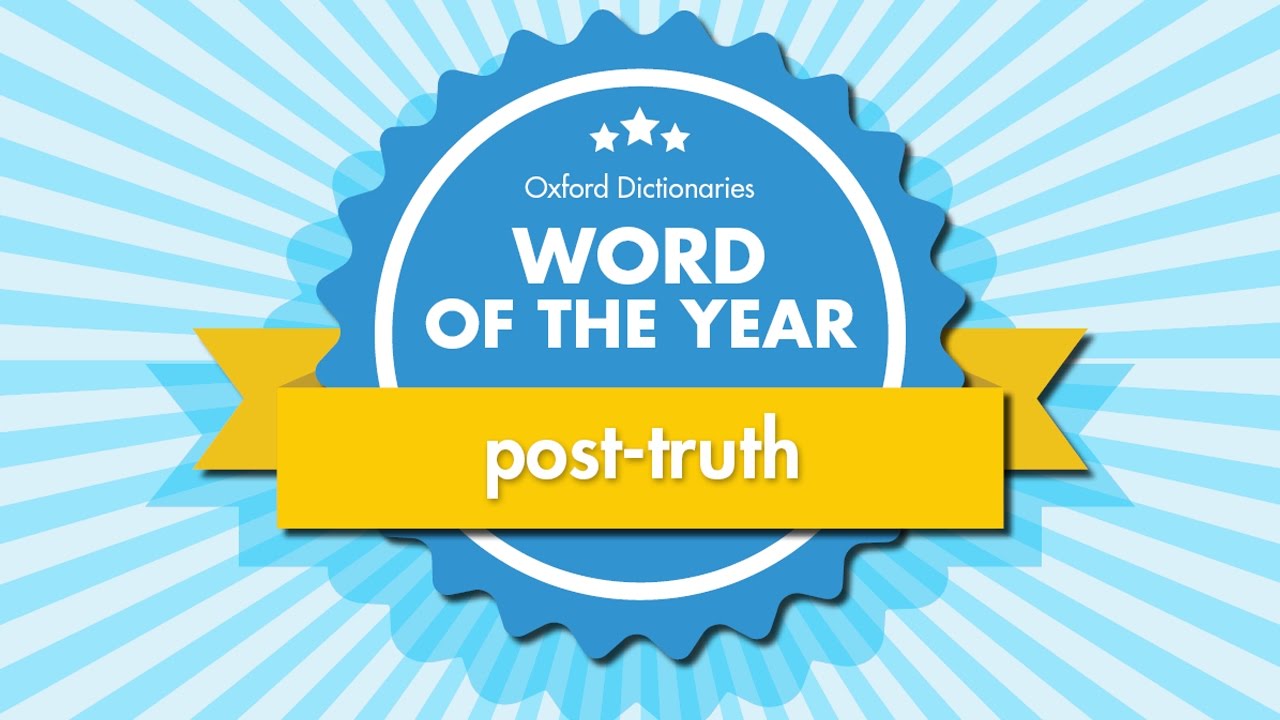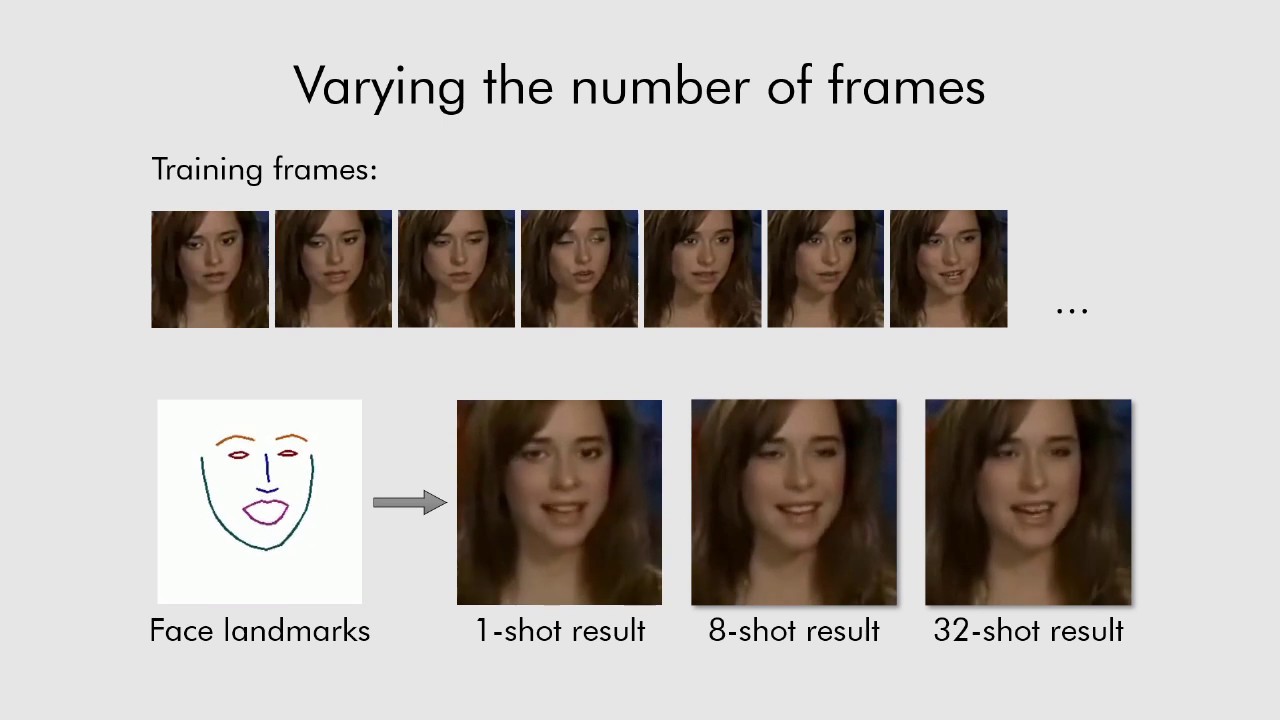
New UNESCO handbook addresses ‘fake news’ and disinformation in journalism
The issue of ‘fake news’ is something we’ve discussed in a number of RealKM Magazine articles. The range of perspectives we’ve put forward includes insights into how fake news is being used in political ‘information warfare’, and the rationale for why fake news is something that knowledge managers need to be concerned about.
The new UNESCO publication Journalism, ‘Fake News’ & Disinformation, Handbook for Journalism Education and Training tackles the issue head-on by providing a model curriculum for journalism educators. The model curriculum will also be useful to others, for example, the modules concerned with digital transformation, information literacy, fact-checking, and social media verification are very relevant to the work of knowledge managers and to evidence-based knowledge management (KM).
The seven modules are:
- Truth, trust and journalism: why it matters
- Thinking about ‘information disorder’: formats of misinformation, disinformation, and mal-information
- News industry transformation: digital technology, social platforms and the spread of misinformation and disinformation
- Combatting disinformation and misinformation through Media and Information Literacy (MIL)
- Fact-checking 101
- Social media verification: assessing sources and visual content
- Combatting online abuse: when journalists and their sources are targeted
The lessons can be used together as a course, or independently, and are open to adaptation.
The handbook authors advise that there was debate over the use of the words ‘fake news’ in the title and lessons. This is because ‘fake news’ is today so much more than a label for false and misleading information disguised and disseminated as news. It has become an emotional, weaponised term used to undermine and discredit journalism. For this reason, the authors state that the terms misinformation, disinformation, and ‘information disorder’, are seen as preferable (Figure 1), but are not prescribed.

Disinformation is generally used to refer to deliberate (often orchestrated) attempts to confuse or manipulate people through delivering dishonest information to them. This is often combined with parallel and intersecting communications strategies and a suite of other tactics like hacking or compromising of persons.
Misinformation is generally used to refer to misleading information created or disseminated without manipulative or malicious intent.
Both are problems for society, but disinformation is particularly dangerous because it is frequently organised, well resourced, and reinforced by automated technology. The purveyors of disinformation prey on the vulnerability or partisan potential of recipients whom they hope to enlist as amplifiers and multipliers.
The handbook forms part of the UNESCO series on journalism education, and the International Center for Journalists (ICFJ) has produced a short guide to the history of the handbook.
Article source: Cherilyn Ireton and Julie Posetti / Journalism, ‘Fake News’ & Disinformation, Handbook for Journalism Education and Training / ISBN: 978-92-3-100281-6 – licensed under CC BY-SA 3.0 IGO. The present work is not an official UNESCO publication and shall not be considered as such.
Header image source: Image 2094394 by geralt on Pixabay is in the Public Domain.
Also published on Medium.





